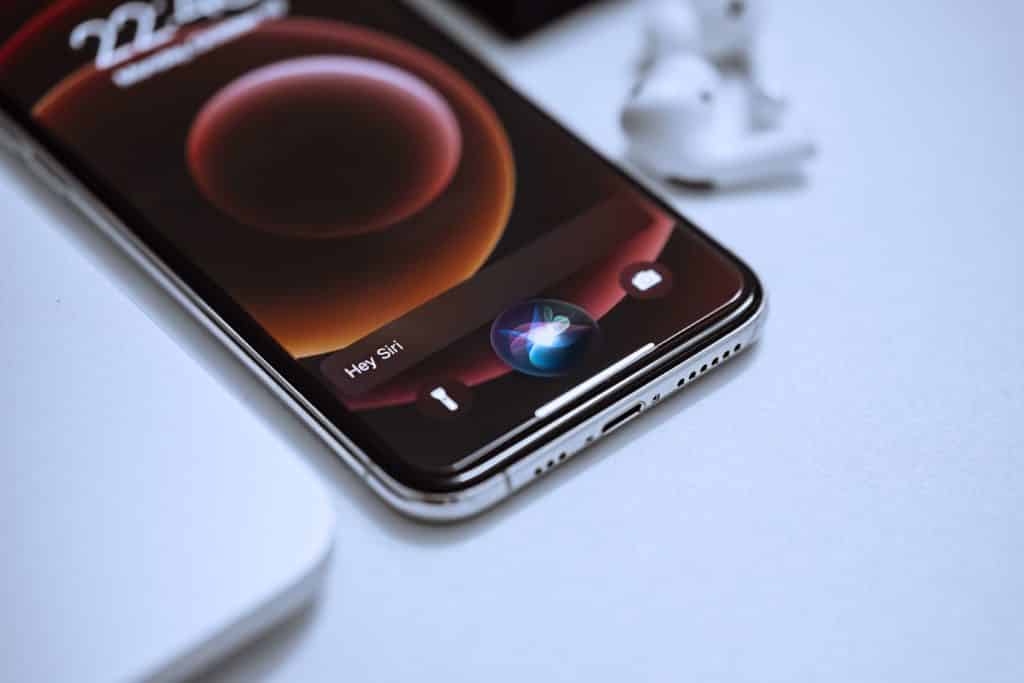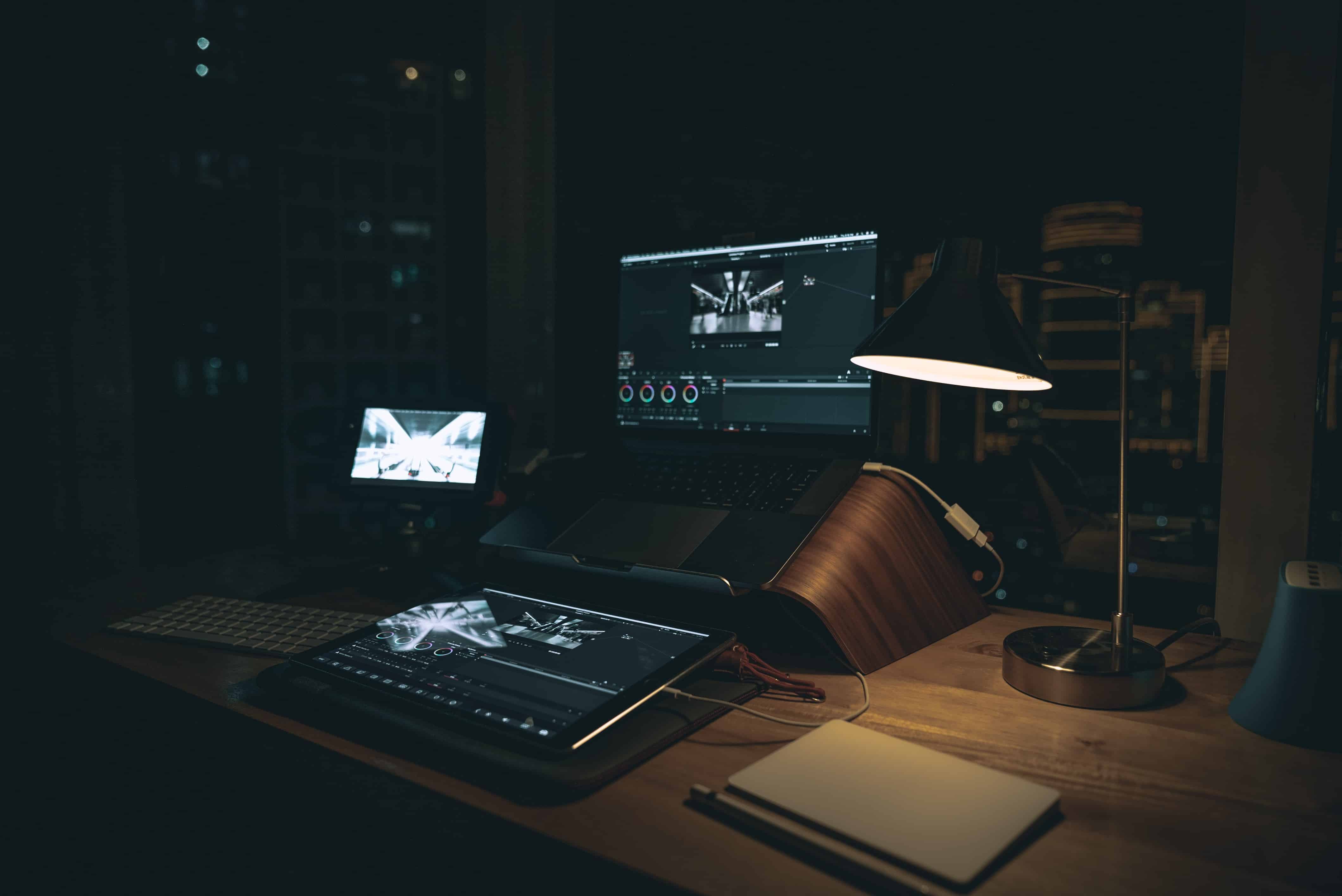Powered by AI, speech to text software is being used for hands-free note taking, live captioning, providing improved customer service and much more. Speech to text is being applied quickly and efficiently to compose emails, provide helpful notes in the form of transcripts from meetings and events and also to provide accessibility.
Speech to text technology increases workplace inclusion and helps everyone complete tasks more efficiently. It is designed to get smarter with each use so that it can take over tasks that humans have traditionally performed. For both content and workplaces to be inclusive to individuals with disabilities, such as those who are Deaf or have hearing loss, using speech to text technology can be the make or break.
What is speech to text?
Speech to text is essentially speech recognition software, often based on Artificial Intelligence. It enables the recognition and translation of spoken language into text through computational linguistics. Speech to text is applied to generate transcripts, captions or other written text that businesses today need. It works by “translating” speech into word-for-word written out formats. Every time you are using Siri or watching videos with captions, you’re likely witnessing speech 2 text in action.

Speech to text is powered by Automatic Speech Recognition (ASR) technology. ASR is the technology that transforms speech, or an audio signal, into text. It uses knowledge of linguistics, computer science and electrical engineering to produce the text. It’s often used as the basis for captioning and transcription solutions.
How can I convert speech to text?
Converting speech into text can be done manually or with the automatic, built-in solutions to the devices and platforms you’re using. However, this is not recommended. It can be tedious and time-consuming to convert text manually and many automatic solutions will leave you with errors, which won’t provide a professional feel or access for people with disabilities. Partnering with a company like Verbit that uses its in-house AI with additional layers of human editing to provide highly accurate results is the best bet.
In this case, accuracy refers to the correct amount of predictions made by a various speech model or human assisting. Greater accuracy translates to a strong performance by the speech to text provider. This is particularly important for individuals with disabilities who rely on speech to text tools in the work environment.
In order to reach high levels of accuracy, it is advisable to use a partner like Verbit. In 2021, Verbit earned a place on TechRadar’s list of “Best Speech-to-Text Services for its live transcription and captioning solutions for the corporate world. Verbit’s accurate speech to text solutions are being used by businesses globally to make their content accessible and their work rhythms more efficient.
Why does accuracy matter?
Automatic speech 2 text tools (without human intelligence) are not enough to provide equity since they lack accuracy. Google reports that 27% of the online global population is using voice search on mobile, but how many of these automated speech to text tools are truly accurate? While useful and fun to use, Siri and Google Assistant do not always convert speech to text exactly as intended.

Telephone numbers are a prime example of when inaccuracies can occur. When saying numbers out loud, one might use ‘oh’ instead of ‘zero’ or use double/triple digits such as ‘triple three’. Context is also critical because there are so many nuances and ambiguities that need to be accounted for in language. For example, “pounds’ can be a reference to either weight or currency. For businesses looking to create professional transcripts, it is imperative that speech to text is as accurate as possible in order to expedite and not detract from the workflow. Partnering with a service like Verbit that uses professional humans and automated technology ensures that the highest accuracy level is achieved.
The advantages of using speech 2 text
Using speech recognition to convert audio and video into accurate text enables business processes to run smoother and more efficiently while also making it more accessible. Some of the most common corporate use cases for applying speech to text include:
- Customer calls: Using speech to text to transcribe customer calls allows you to have a record and document to extract actionable insights from customer conversations quickly. These transcripts provide valuable feedback that enable improvements in both customer engagement and employee performance.
- Searchable company content: can be applied to make audio and video files searchable. Searchable transcripts are particularly helpful for HR, marketing departments and event producers that need to search through interviews, podcasts or other content they’re streaming or recording to reference dialogue or pull out quotes. What’s more, having transcripts accompany video content makes the content SEO-friendly, with browsers like Google being able to ‘crawl’ the transcripts and list them higher in search rankings. This functionality can help companies and their content get discovered.
- Accessibility for live meetings & events: Speech to text technologies can help companies provide live video captioning for daily meetings and large events alike. Captioning improves information retention for all and provides a useful tool when attendees must tune in without the sound, but it’s also essential for accessibility. Using speech 2 text – and human editing like Verbit’s – supports the need to make audio and video content accessible to individuals who are Deaf or hard of hearing, among others, such as those with ADHD.
- Documentation & note taking: Speech to text technology is being used by various businesses and industries to take notes in real-time or have notes to reference after calls. Speech to text can be applied to remove the need to jot down notes manually so professionals can focus more on the conversations they’re having, interviews they’re doing or events they’re attending.

More and more businesses are turning to AI and speech to text tools, often without realizing these technologies are powering their more efficient processes. While the benefits of using speech to text are seemingly endless, it’s important to achieve the most accurate results possible for both accessibility needs and professionalism.
Verbit works with leading businesses to provide them with speech to text tools they can trust, knowing human editing will also be done. Contact us for more information about how speech to text plays into the solutions we can provide, including real time audio transcription and real time captioning, which more businesses are learning to rely on.




